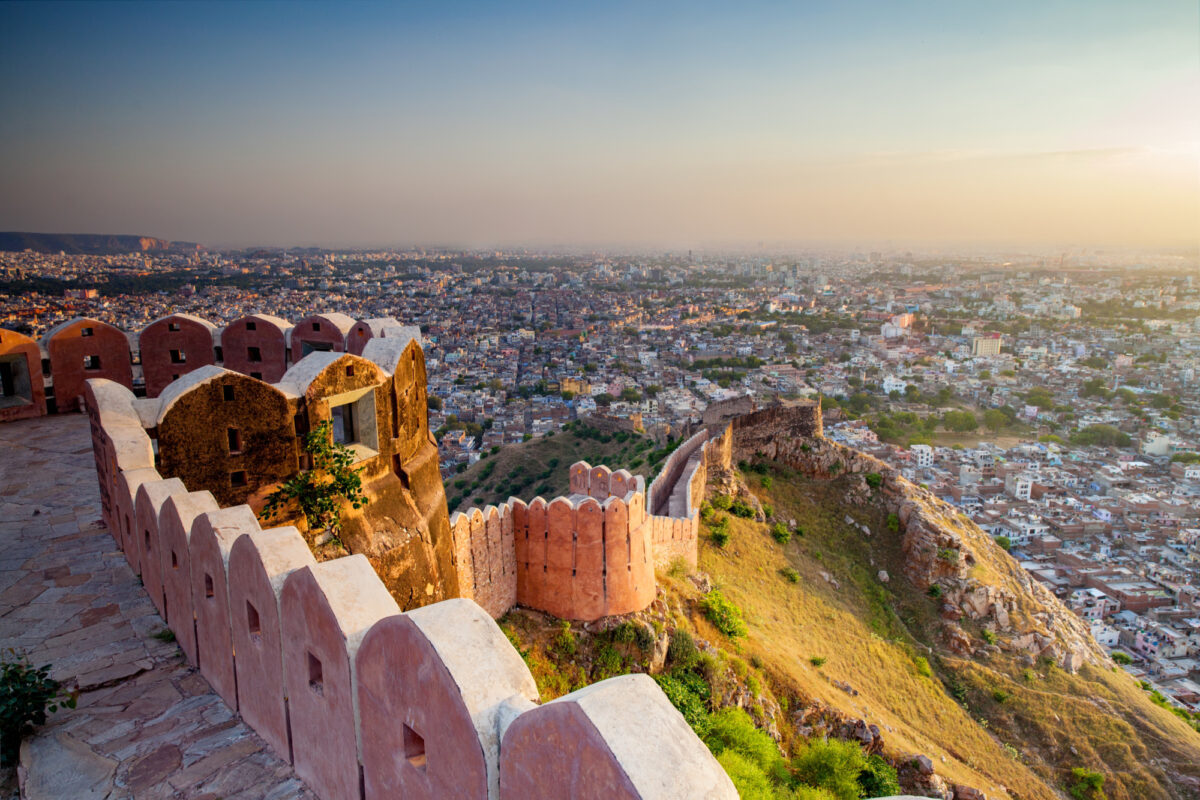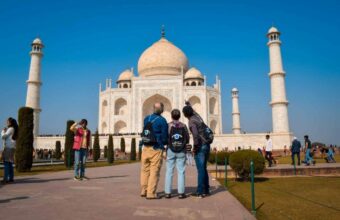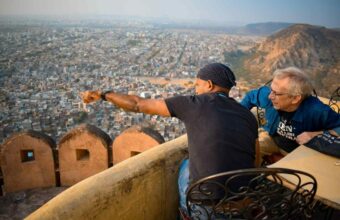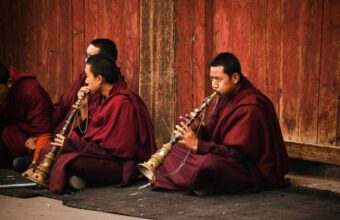What to see in Jaipur
Postcard perfect India
Rajasthan’s capital is postcard picture perfect and is the gateway to all the state has to offer. There are palaces, forts, temples, stepwells, gardens and lakes all waiting to be explored. Jaipur’s Old City is painted in shades of terracotta (Jaipur’s nickname is the Pink City) and its crumbling buildings are awash with history.

Highlights
Founded by Raja Jai Singh II in the 18th century (1727), Jaipur was initially created to supply water to neighbouring Amer Fort. Now a UNESCO World Heritage site, Amer Fort — along with Nahargarh Fort and Jaigarh Fort— remains the main attractions of Jaipur.
Amer Fort
Built in the 10th century and constructed from red sandstone and marble, Amer Fort (also known as Amber Fort), with its elaborate ramparts, opulent palaces and old temples, has been home to royalty since the 16th century.
Set over four levels with six separate sections, the fort overlooks Maota Lake. Its palaces — Sheesh Mahal (Palace of Mirrors) and Sukh Niwas (Hall of Pleasure) — use fans and fountains to create a cool, calming atmosphere.
The Sheesh Mahal is filled with mirrors and pieces of coloured glass inlaid into its walls and ceilings. Built by Maharaja Man Singh in the 16th century for his queen, the palace is supposed to mimic the starry sky. According to legend, one candle was enough to light up the entire palace, causing it to glow and glisten even in the dark. Look out for the marble carved magic flower: seven unique designs including lotus, fish tail, cobra and scorpion, which are unveiled by hiding part of the panel with your hand.
The Sukh Niwas is where the king spent time with his queen and concubines. This palace is decorated with paintings of vases in blue, green and yellow, designed to give a peaceful and relaxed atmosphere. This palace is also home to a rudimentary form of air-conditioning, with a channel cut into the ground where cold water would flow, cooling the palace’s temperature.
Jaigarh Fort
Perched on the hills of Cheel Ka Teela (Hill of Eagles), Jaigarh Fort was built in 1726 by Jai Singh II to protect the Amer Fort. The two forts are connected by a series of underground passageways. Jaigarh Fort is famous for a cannon called Jaivana, which was once the world’s largest cannon on wheels. There are small temples inside the fort and several palaces, including Laxmi Vilas, Lalit Mandir, Aram Mandir and Vilas Mandir.
Jaigarh Fort also has a bizarre spot in history. While its water tank might seem ordinary — three levels, enough capacity to store six million gallons of water -— it is also allegedly the place that Man Singh stored his treasure. In 1977, then Indian prime minister Indira Gandhi ordered a search to look for the Fort’s treasure. After three months, the search was called off — but at the same time, the Delhi-Jaipur highway closed for three days, prompting rumours of the loot being whisked away in secret.
Nahargarh Fort
One of the best forts in Jaipur for sunset views, Nahargarh is also believed to be haunted by the ghost of a Rathore prince called Nahar Singh Bhomia. In an attempt to pacify his spirit, you’ll find a small fortress built in his name inside the fort. Nahargarh was built as a royal retreat by Sawai Jai Singh, and it is the beautiful Mahavendra Palace that is its architectural highlight.
The palace’s arched entrance is decorated with floral frescos, while inside its courtyard lies nine identical suites, meant for each of his queens. Each suite is two-storied with living quarters, bedroom and kitchen. At the palace’s head lies the king’s palace, complete with decorated doors and frescos.
City Palace
The City Palace complex is one of Rajasthan’s architectural highlights. Its Chandra Mahal is still a royal residence and entry is restricted to the ground floor, which houses the Mahal’s museum and a collection of royal memorabilia. Grand courtyards, lush gardens and monuments dot this architectural masterpiece in the middle of Jaipur’s Old City. Built in the 18th century, the opulent palace includes Mukut Mahal, Maharani’s Palace, City Palace Museum and Shri Govind Dev Temple.
Hawa Mahal
Built as an extension to the City Palace, the Hawa Mahal (Palace of Winds) was designed to allow female royals to watch processions without being observed. The palace resembles a collection of beehives, with more than 953 jharokas (windows) with intricate lattice work allowing the wind to cool inhabitants during the summer.
Jal Mahal
Built by Maharaja Sawai Pratap Singh in the middle of the 18th century, the Water Palace is typical of Rajasthani architecture. The palace has five storeys, of which four are under water. It was apparently a summer retreat and a picnic spot where royals gathered to go duck hunting. You cannot enter the palace but you can see it from the banks of Man Sagar Lake.
Why is Jaipur pink?
The city was painted pink during the reign of Raja Ram Singh in the 19th century (1876) to welcome the then Prince of Wales, Albert Edward, who later on became King Edward VII. There is even an Albert Hall named after him in the city.









